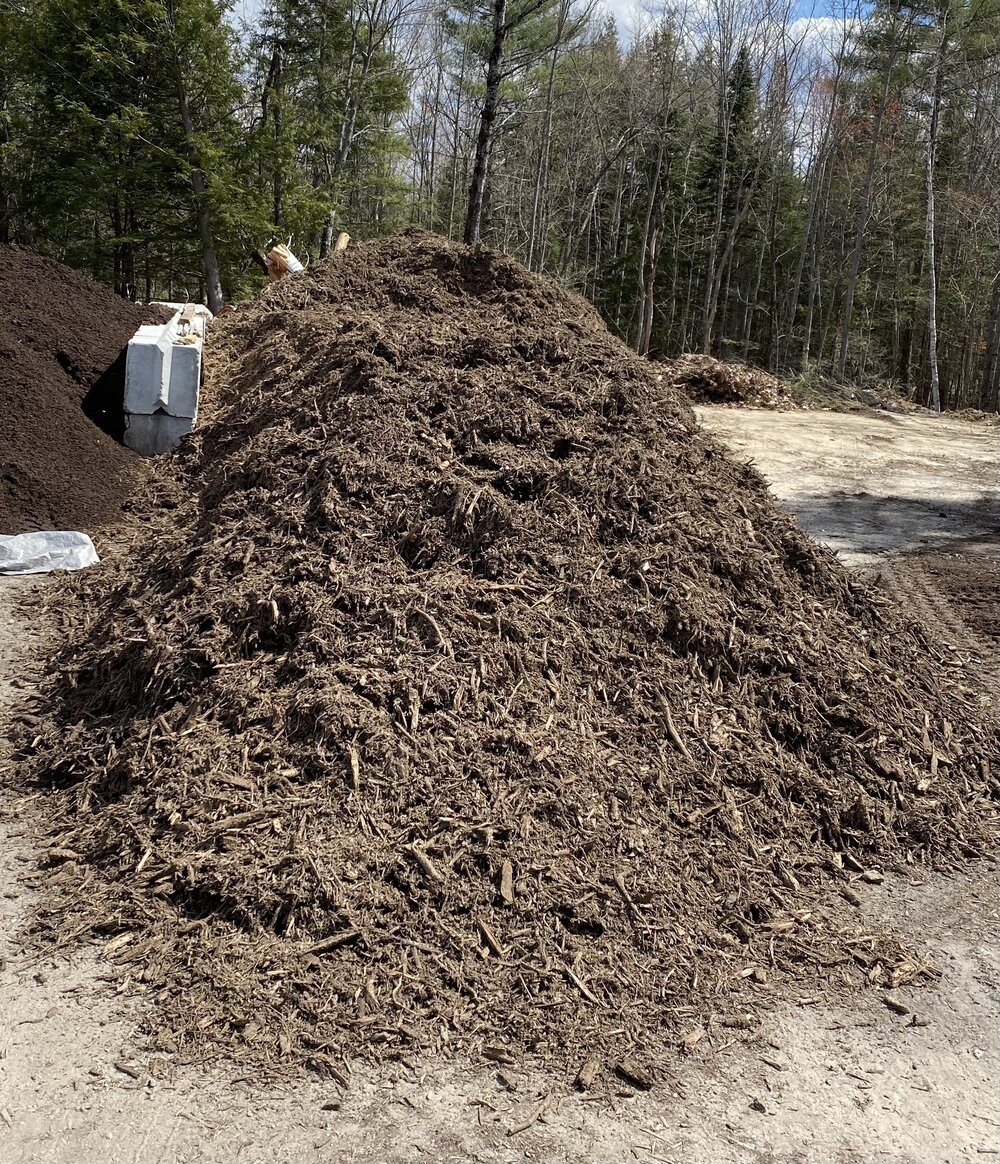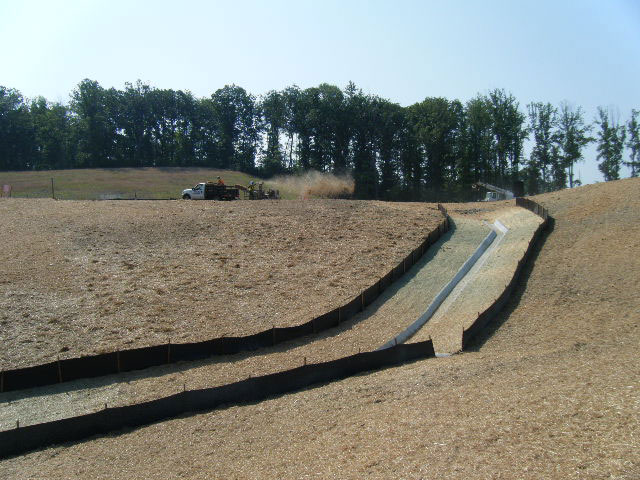Reliable Erosion Control Methods for Lasting Land Administration
Are you looking for methods to efficiently manage disintegration on your land? Discover the different kinds of disintegration and their effect on your land, as well as natural methods to manage erosion. Find out just how to carry out reliable erosion control procedures and guarantee proper surveillance and maintenance.
Relevance of Erosion Control in Sustainable Land Administration
Since it assists avoid dirt destruction and loss,Disintegration control is important for lasting land monitoring. By carrying out efficient disintegration control techniques, you can guarantee the long-term health and wellness and performance of your land. Without correct disintegration control steps, dirt erosion can happen, bring about the loss of useful topsoil that is abundant in nutrients necessary for plant development.
One of the primary reasons disintegration control is vital is due to the fact that it assists to keep dirt fertility. It takes away the natural matter and nutrients that plants require to thrive when dirt deteriorates. This can lead to reduced crop yields and reduced productivity of the land. In addition, erosion can result in sedimentation in close-by water bodies, which can adversely affect aquatic environments.
Another trick advantage of erosion control is the avoidance of land destruction. By carrying out erosion control strategies such as terracing, shape plowing, and the use of cover plants, you can assist avoid land degradation and keep the health and wellness of your land.

Kinds Of Disintegration and Their Effect On Land
Comprehending the different sorts of disintegration and just how they affect the land can help you execute much better land administration methods. Erosion is the process by which dirt, rocks, and various other products are slowly worn off and delivered by all-natural forces such as wind, water, and ice. There are four major kinds of erosion: sheet erosion, rill disintegration, gully disintegration, and mass movement erosion.
Sheet disintegration takes place when a slim layer of soil is gotten rid of evenly from the surface of the land. This kind of disintegration is usually brought on by hefty rainfall or inappropriate land administration methods such as overgrazing or logging. Rill disintegration, on the other hand, happens when tiny networks or rivulets are based on the land due to the flow of water. This can take place on high inclines or areas with compacted soil.
Gully disintegration is extra severe and happens when bigger networks or gullies are formed due to the constant circulation of water. Mass activity disintegration refers to the movement of large amounts of soil and rocks downhill due to the pressure of gravity.
Recognizing these various sorts of erosion and their influence on the land is critical for effective land management. By executing erosion control strategies such as terracing, shape plowing, and reforestation, you can decrease disintegration and maintain the integrity of the land. Furthermore, exercising great land administration methods like correct crop rotation, preserving ground cover, and utilizing sediment control steps can even more assist in protecting against disintegration.
All-natural Disintegration Control Techniques for Sustainable Land Management
By executing natural erosion control approaches, you can properly protect the stability and handle of your land. One effective method is using plant life, such as plants and lawns, to support soil and prevent disintegration. Growing native species can aid raise origin density and bind the dirt with each other, minimizing the danger of erosion brought on by hefty rainfall or wind (erosion control). In addition, mulching is one more natural method that can help regulate erosion. By using a layer of organic compost, such as wood chips or straw, you can shield the soil from the influence of raindrops, minimizing soil compaction and overflow. An additional natural disintegration control method is contouring the land. By developing contour lines or balconies on inclines, you can reduce the flow of water and permit it to permeate the soil, minimizing erosion. In locations where erosion is a considerable concern, mounting erosion control blankets or floor coverings can be useful. These floor coverings are made from eco-friendly materials and assist stabilize the soil till plants is established. Generally, by utilizing these natural disintegration control approaches, you can efficiently handle and shield your land from erosion, ensuring its long-lasting sustainability.
Carrying Out Efficient Disintegration Control Procedures

One such method is the usage of erosion control coverings. Furthermore, planting plants is a vital step in disintegration control. By executing these confirmed erosion control methods, you can successfully safeguard your land and decrease the danger of disintegration and its damaging effects.
Surveillance and Maintenance of Disintegration Control Techniques
When surveillance and preserving disintegration control steps, it's vital to consistently examine the disintegration control blankets, terraces, plant life, and sediment control procedures to ensure they are functioning appropriately and efficiently protecting against erosion (erosion control). By performing normal examinations, you can recognize any kind of problems or shortages in the disintegration control techniques and take required activities to remedy them
Start by checking the erosion control coverings. Look for indicators of damages or wear, such as rips or revealed soil.
Next, examine the terraces. Check for signs of erosion, such as debris build-up or irregular surface areas. Guarantee that the terraces are correctly developed and maintained to divert water circulation and reduce disintegration. Clear any type of gathered debris to preserve their capability.
Evaluate the plants in the erosion control location. Guarantee that it news is healthy and appropriately covers the soil. Seek any signs of plant stress and anxiety additional hints or condition, and address them promptly. Proper greenery insurance coverage aids stop and support the soil disintegration.
Last but not least, inspect the debris control steps, such as sediment basins or sediment fencings. See to it they are properly mounted and functioning as intended. Remove any built up sediment and ensure that the controls are properly kept.
Routine tracking and upkeep of disintegration control actions are critical for their lasting performance in stopping disintegration and keeping sustainable land administration techniques.
Conclusion
In verdict, you ought to prioritize erosion control for lasting land monitoring. By recognizing the various types of erosion and their impact on the land, you can implement reliable all-natural disintegration control methods.
Discover the various types of disintegration and their effect on your land, as well as all-natural methods to regulate erosion. There are four major types of disintegration: sheet disintegration, rill erosion, gully disintegration, and mass activity erosion.
By carrying out disintegration control methods such as terracing, shape plowing, and reforestation, you can minimize erosion and maintain the integrity of the land (Memphis Erosion Control Solutions excavation). Overall, by using these all-natural erosion control methods, you Clicking Here can successfully take care of and safeguard your land from disintegration, guaranteeing its lasting sustainability
By understanding the different types of erosion and their effect on the land, you can apply reliable natural erosion control methods.